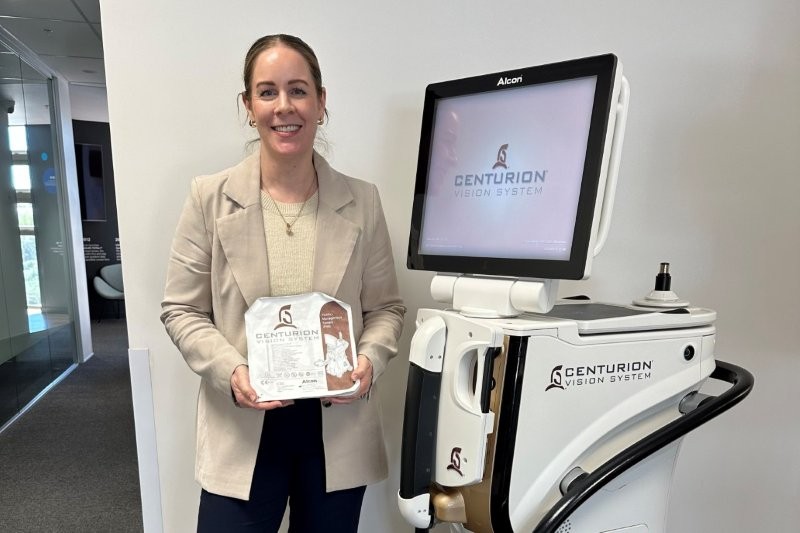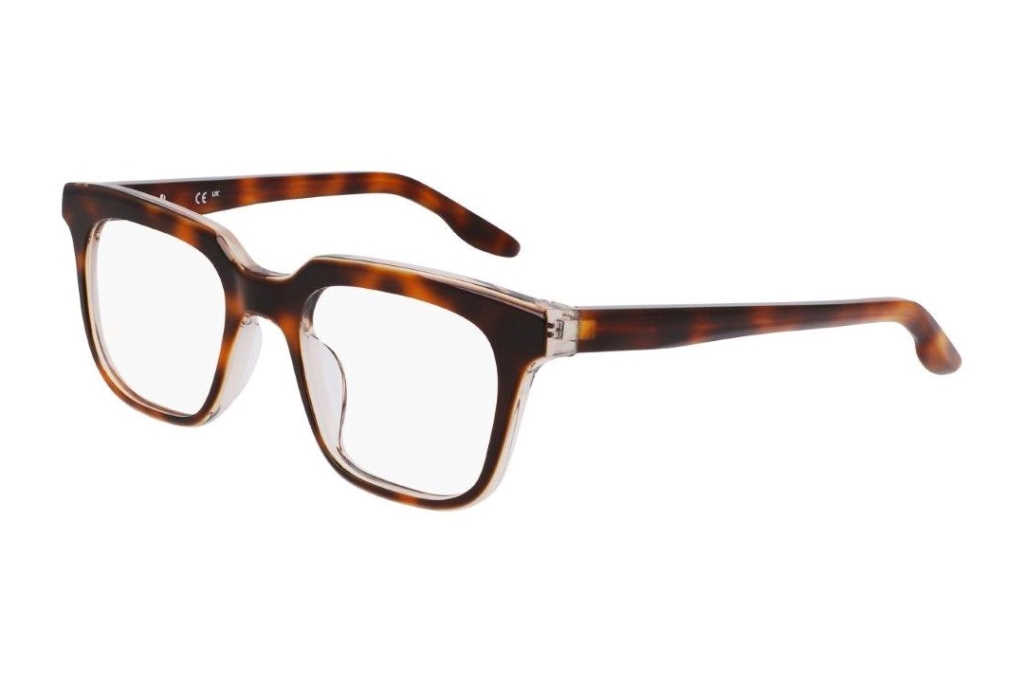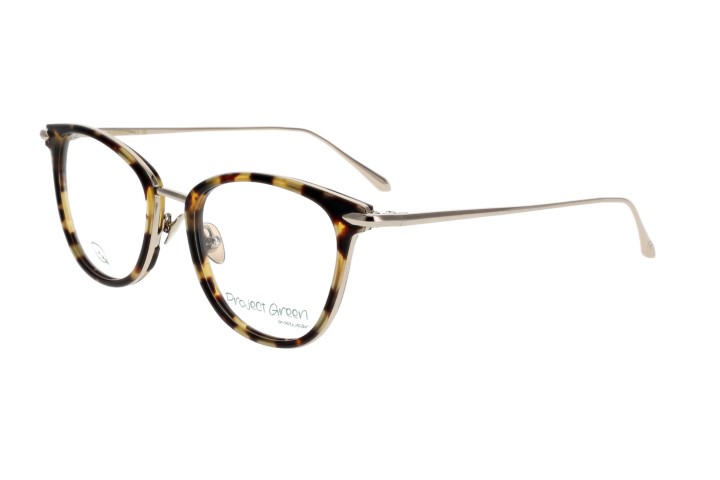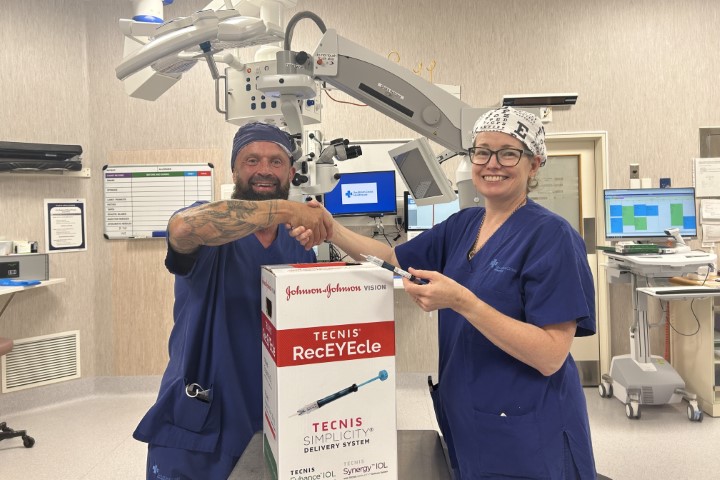Making ophthalmic surgery sustainable
Procurement, the production, transport and supply of single-use products used in ophthalmology is the biggest single component of ophthalmic surgery’s contribution to our carbon footprint, said Wellington-based ophthalmologist Dr Jesse Gale. “So if we care about reducing the impact of ophthalmology on the environment, procurement is where we should focus our attention.”
In his talk at the RANZCO NZ scientific meeting about how ophthalmology can tackle the waste from something as common as intravitreal (IV) injections, Dr Gale said an image simulating the waste from one year, from one Melbourne-based day surgery, is confronting. The issue is consumption, which scales up significantly when it’s an extremely common procedure like IV injections or cataract surgery, he said.
To help tackle this problem, RANZCO’s sustainability committee surveyed how RANZCO fellows did their injections. Most performed them in procedure or clinic rooms, but 4% (most likely in Australia, said Dr Gale) were still using operating rooms, which are far more expensive in cost, resources and time. “So there is an obvious opportunity to reduce consumption if we don’t do our injections in theatre.” As for anaesthetic, most ophthalmic teams use Minims Oxybuprocaine for topical anaesthetic, using one per patient, while about a third of those who prefer injected anaesthesia use a separate vial of lignocaine for each patient and throw away the rest, together with all the packaging.
A recent report by the American Academy of Ophthalmology, however, supported by the American Society of Cataract and Refractive Surgery and the American Glaucoma Society, found that multi-use dropper bottles are safe for perioperative medication. Plus, research shows there’s no increase in infection from using anaesthetic or dilating drops on multiple patients, said Dr Gale. “This kind of work is really empowering for those of us who meet barriers when we try to make changes in practice.”
Dr Gale also discouraged the use of some manufacturers’ intravitreal packs which include a lot of surplus products and single-use tools, all of which are discarded after use. “There are some industry partners who are willing to work out the very minimum you need - a pack with nothing extra in it, so we should all be taking those opportunities.”
Speaking to NZ Optics after his talk, Dr Gale welcomed initiatives such as Johnson & Johnson Vision’s initiative to recycle its cataract waste and Medix 21’s tree planting initiative. Dr Gale actually became the first official recipient of the latter in May.
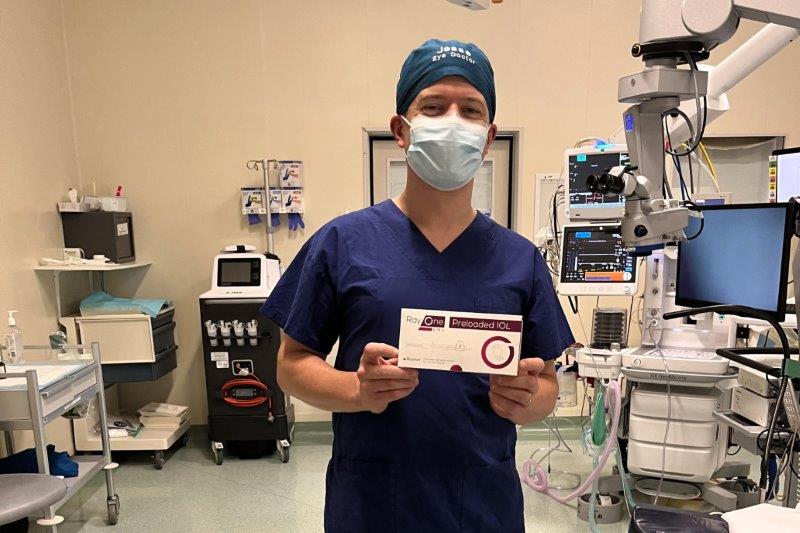
Dr Jesse Gale is the first ophthalmologist in Aotearoa to officially take advantage of Medix21's Green initiative to offset his surgery’s carbon footprint
“Sometimes the barriers are from other staff members in our clinical systems who fear reducing consumption compromises safety,” he said. “The sustainability committee aims to create resources that bring together evidence and expert consensus, empowering ophthalmologists to use less equipment and resist calls for increasing use of excessively-packaged single-use sterile items.”
Dr Gale said he hopes that by showing the acceptability of these leaner, greener techniques, change will follow because this won’t just help the planet, it also saves money for our health services and for individuals’ practices. “So, it should be a no brainer.”










